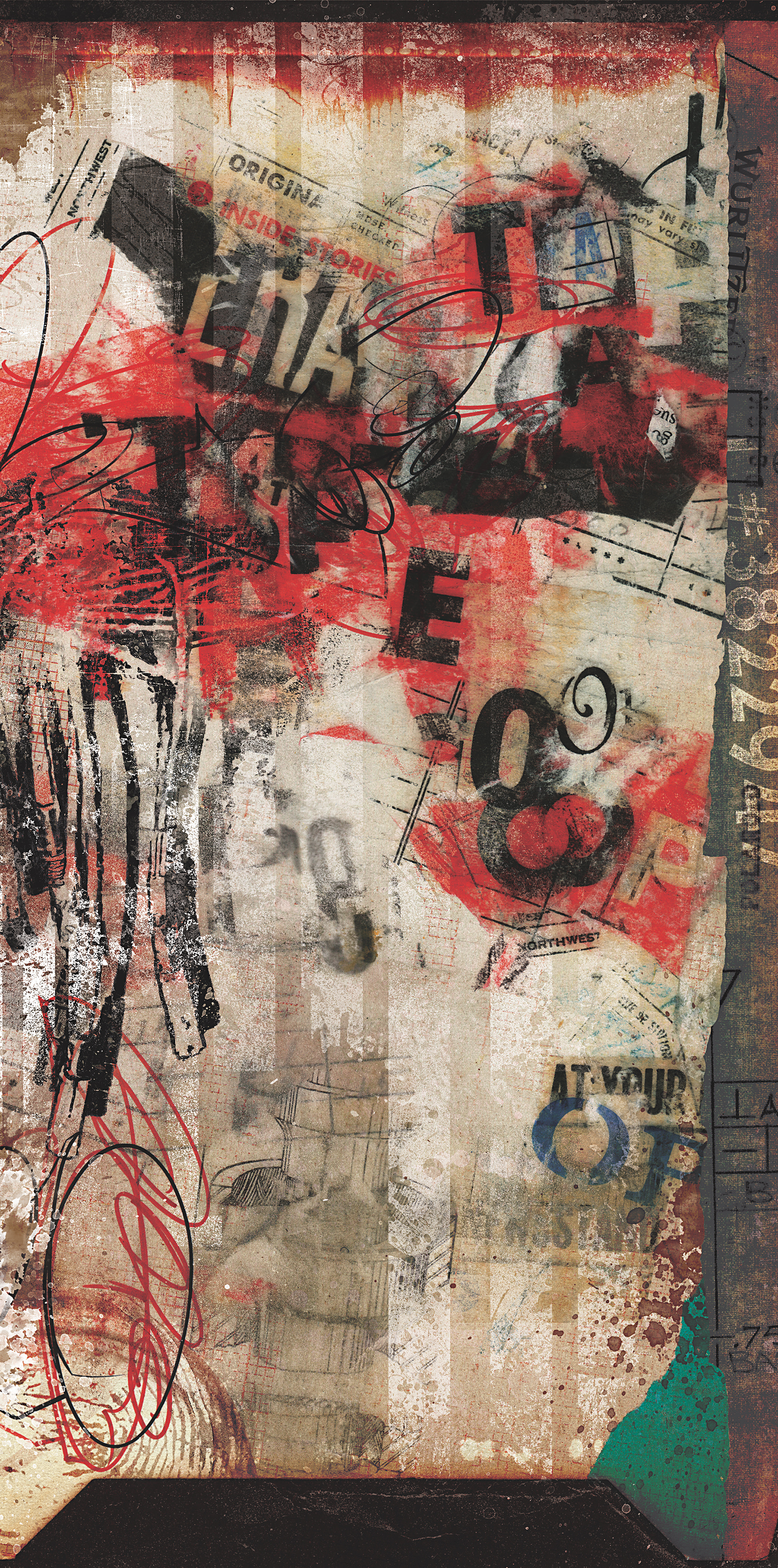The makers of the pro audio market’s most popular entry-level studio monitors, KRK, have entered round two of the headphone game with their new closed-back KNS6402 and 8402 models. Over 15 years ago, KRK sent its original 6400 and 8400 headphones to Tape Op’s publisher and studio owner, John Baccigaluppi. As an engineer at John’s studio, I had a chance to use both models during a few recording/overdub sessions, and I remember being quite impressed – no yellow speakers, just some damn solid headphones.
The new KNS8402 headphones arrived in a “trademark” KRK-branded yellow and black box with a standard black soft carrying case, a cleaning cloth, and a generously long, straight, oxygen-free, insulated cable (over 8 feet), plus a short volume control adapter for personal (consumer) device listening. What struck me first was the simplicity and subtlety of the headphone design; a very “let’s get to work” non-flashy, monochrome black affair. So, I plugged the closed-back KNS8402s into my late-model MacBook Air (which still has a headphone jack) and got to work immediately on some in the box rough mixes for a client. The second thing I noticed was how frigging lightweight (.54 pounds) these cans were – so much so that I nearly forgot I was wearing headphones! Third, was isolation. Not that I was paying attention to manufacturer-listed specs, but given their lightweight quality, I was surprised that KRK claims an “ambient noise isolation” rating of up to 30 dBA.
In the studio with a high-quality studio headphone monitor, the sonic character of the KNS8402s was, well, no character – which is what we want from a professional headphone. Immediately apparent was the lack of clumsy low end muddy “oofiness” found in most sub-$200 headphones. KRK claims a 5 Hz to 23 kHz response, and overall the KNS8402s did feel pretty flat, with only a taste of the woofiness one could expect in any headphone design. My favorite thing about the KNS8402s is that, similar to a flat pair of studio monitors, you have to work a little to get an exciting and dynamic mix, which is as it should be!
I have more headphones than should be allotted to one human – a collection amassed over three decades of gear hoarding. Admittedly, I don’t work (or listen to music) all that much in headphones – if so, it’s for editing or reviewing client demos. When I do, I almost always reach for my Sony MDR-7506s. Why? They’re the only pair that have lasted more than ten years, and I can work with the low end – but they’re bright as hell (good for editing). However, my old Sonys can’t compete with the KNS8402s comfort, isolation, and high frequency representation. The included cables have mini locking connectors that may not be compatible with generic replacement headphone cables. However, inexpensive replacements in various sizes (including a coiled option) are available on the KRK website. Replacement head and ear cushions are also sold online. Perhaps due to their lightweight construction, the headphone cable (and locking mechanism) can transmit surface noise when brushed, bumped, etc. However, despite their slight weight, the KNS8402s’ construction is solid. The earcups (housing 40 mm Neodymium drivers) are padded with acoustic memory foam, covered in sweat-resistant “premium leatherette,” and rotate inward 90-degrees for compact, safe storage. Their lightweight construction, comfortable fit, isolation, low distortion, flat response, and price point makes the KNS8402 an ideal tracking ‘phone for pro studios or a studio reference option for editors, project studio owners, and home audio workers.




_disp_horizontal_bw.jpg)